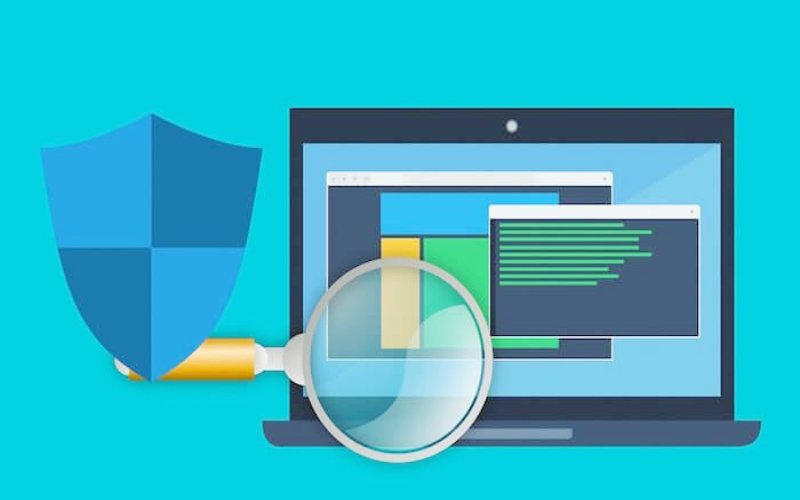Introduction
In today’s digital landscape, Data Privacy Management has become a critical concern for individuals and organizations alike. With the exponential growth of data collection, protecting personal information is paramount. Recent incidents of data breaches and the enactment of stringent privacy laws, such as the General Data Protection Regulation (GDPR) and the California Consumer Privacy Act (CCPA), highlight the urgent need for effective data privacy practices. This article aims to provide insights into Data Privacy Management, outlining key principles, best practices, and strategies for building a robust privacy management program.
What is Data Privacy Management?
Definition
Data Privacy Management refers to the processes and practices employed by organizations to protect personal data from unauthorized access and breaches. It encompasses a range of activities aimed at ensuring the privacy and security of sensitive information collected from users, customers, and employees.
Importance
Prioritizing Data Privacy Management is crucial for several reasons. First, it builds trust with customers, who are increasingly concerned about how their data is handled. Second, compliance with legal regulations helps avoid hefty fines and legal repercussions. Finally, strong data privacy practices enhance an organization’s reputation, establishing it as a responsible steward of customer information.
Key Principles of Data Privacy
Data Minimization
One of the core principles of Data Privacy Management is data minimization. Organizations should only collect the data necessary for their operations, reducing the risk of exposure and potential breaches.
Purpose Limitation
Data collected must only be used for specified, legitimate purposes. This ensures that personal information is not misused or retained longer than necessary.
Storage Limitation and Security
Implementing secure data storage solutions and adhering to data retention policies is essential for protecting sensitive information. Organizations must regularly review their data storage practices to ensure compliance with privacy regulations.
Major Data Privacy Regulations and Their Impacts
GDPR (General Data Protection Regulation)
The GDPR is a comprehensive data protection regulation that mandates strict guidelines for data collection and processing within the European Union. It emphasizes transparency, user consent, and the right to data access and deletion.
CCPA (California Consumer Privacy Act)
The CCPA enhances privacy rights for California residents, requiring businesses to disclose the types of personal data collected and allowing users to opt-out of data selling practices. This regulation has set a precedent for similar laws across the United States.
Other Regulations
Various other regulations, such as HIPAA for healthcare data and COPPA for children’s online privacy, underscore the importance of Data Privacy Management in different sectors.
How to Build an Effective Data Privacy Management Program
Conduct a Data Audit
Organizations should start by auditing their data practices to understand what data they collect, where it is stored, and how it is used.
Classify Data Types
Classifying data based on sensitivity helps prioritize security measures. Sensitive data should receive the highest level of protection.
Develop Privacy Policies
Clear privacy policies should outline how data is collected, used, and protected, ensuring transparency for users.
Implement Secure Data Storage Methods
Utilizing encryption, access controls, and secure storage solutions are vital steps in safeguarding sensitive information.
Best Practices in Data Privacy Management
Regular Training and Awareness
Employees play a crucial role in protecting data. Regular training on privacy policies and procedures can significantly reduce the risk of data breaches.
Data Encryption and Anonymization
Employing encryption techniques and anonymizing data can help mitigate risks associated with data exposure and unauthorized access.
User Rights Management
Organizations must establish processes to manage user rights effectively, including the ability to access, rectify, and delete personal data upon request.
Leveraging Technology for Privacy Management
Data Masking and Tokenization
Data masking and tokenization are techniques that help protect sensitive data while still allowing for analysis and processing in a secure manner.
Privacy Management Software
Utilizing privacy management tools can streamline compliance efforts, automating processes for data access requests and policy enforcement.
Blockchain for Data Privacy
Emerging technologies, such as blockchain, offer innovative solutions for secure and transparent data storage, potentially transforming Data Privacy Management practices.
The Role of Data Privacy Officers (DPO)
Who is a DPO?
A Data Privacy Officer (DPO) is responsible for overseeing data protection strategies and ensuring compliance with relevant privacy regulations.
Key Responsibilities
DPOs play a crucial role in implementing Data Privacy Management programs, conducting audits, and serving as the primary point of contact for privacy-related inquiries.
Challenges in Data Privacy Management
Data Proliferation
The rapid growth of data generated poses challenges in maintaining effective privacy management practices, requiring constant updates and reviews.
Evolving Regulatory Landscape
Keeping pace with changing regulations can be daunting for organizations, necessitating ongoing education and adaptation of privacy policies.
Balancing Privacy with Business Needs
Companies face the challenge of delivering personalized services while upholding robust privacy standards, requiring careful consideration of data use.
Future Trends in Data Privacy Management
AI and Privacy Automation
Artificial intelligence is increasingly being integrated into privacy management solutions, automating compliance and risk assessments.
Zero Trust Architecture
The zero trust model emphasizes the principle of “never trust, always verify,” reshaping security practices to enhance Data Privacy Management.
Consumer-Controlled Privacy Tools
As consumers become more aware of their privacy rights, tools that allow them to manage their data will likely gain popularity, pushing organizations to adapt.
Conclusion
In conclusion, effective Data Privacy Management is crucial in today’s data-driven world. By understanding the principles, regulations, and best practices outlined in this guide, organizations can create robust privacy programs that protect personal information and foster trust with their stakeholders. As the landscape continues to evolve, staying informed and proactive in implementing these strategies will be key to successful data privacy management.
Also visit on techitl.com.




